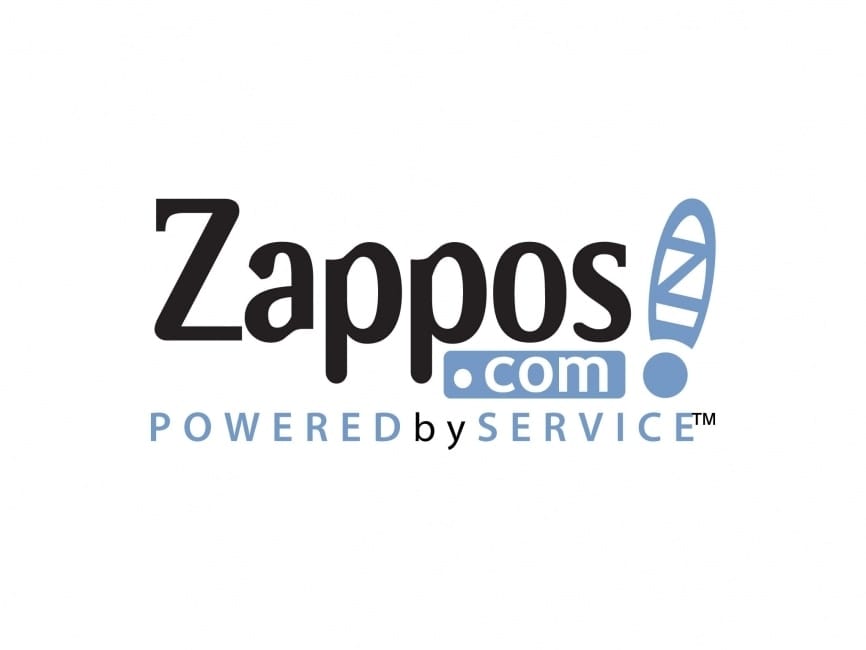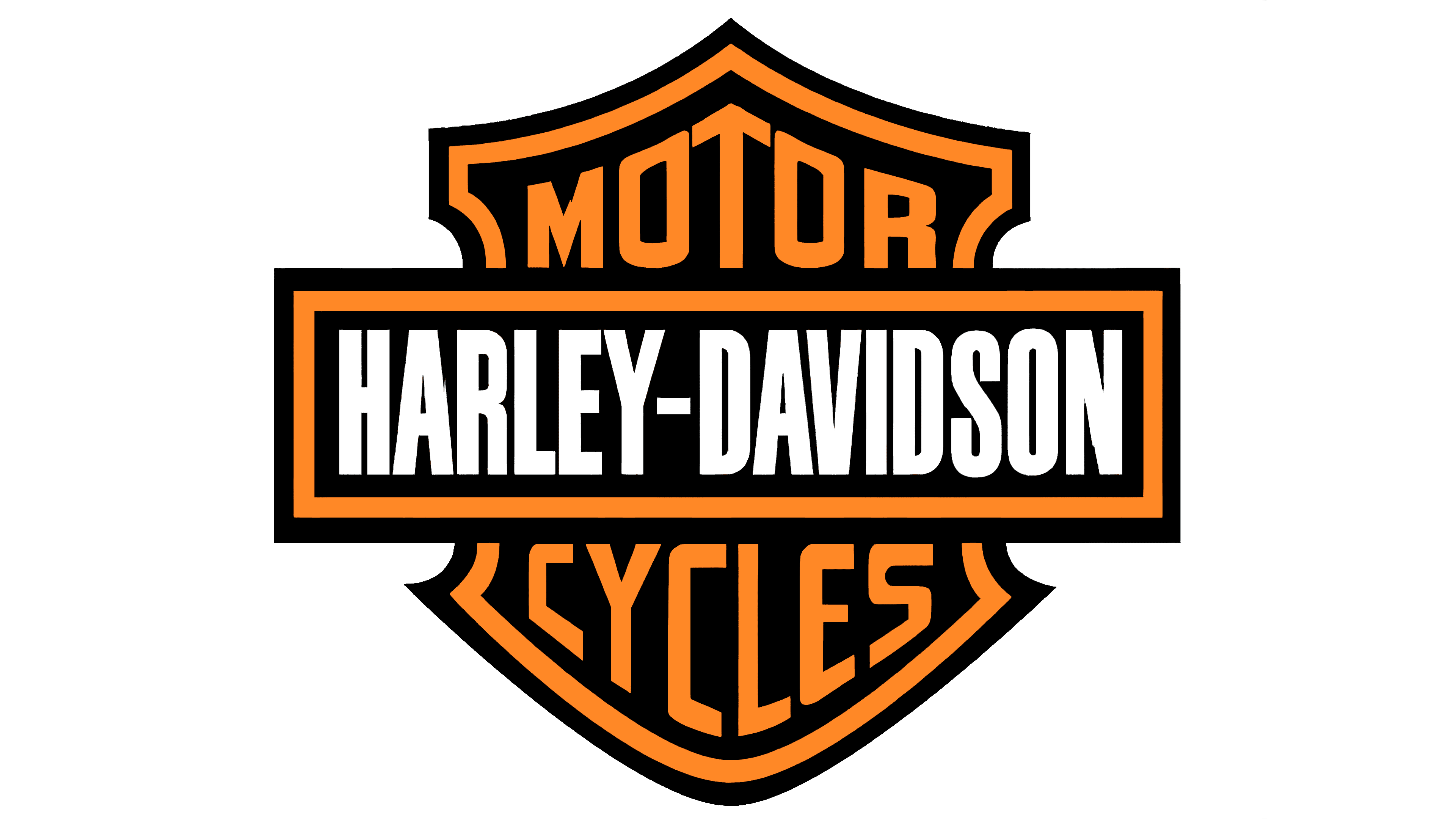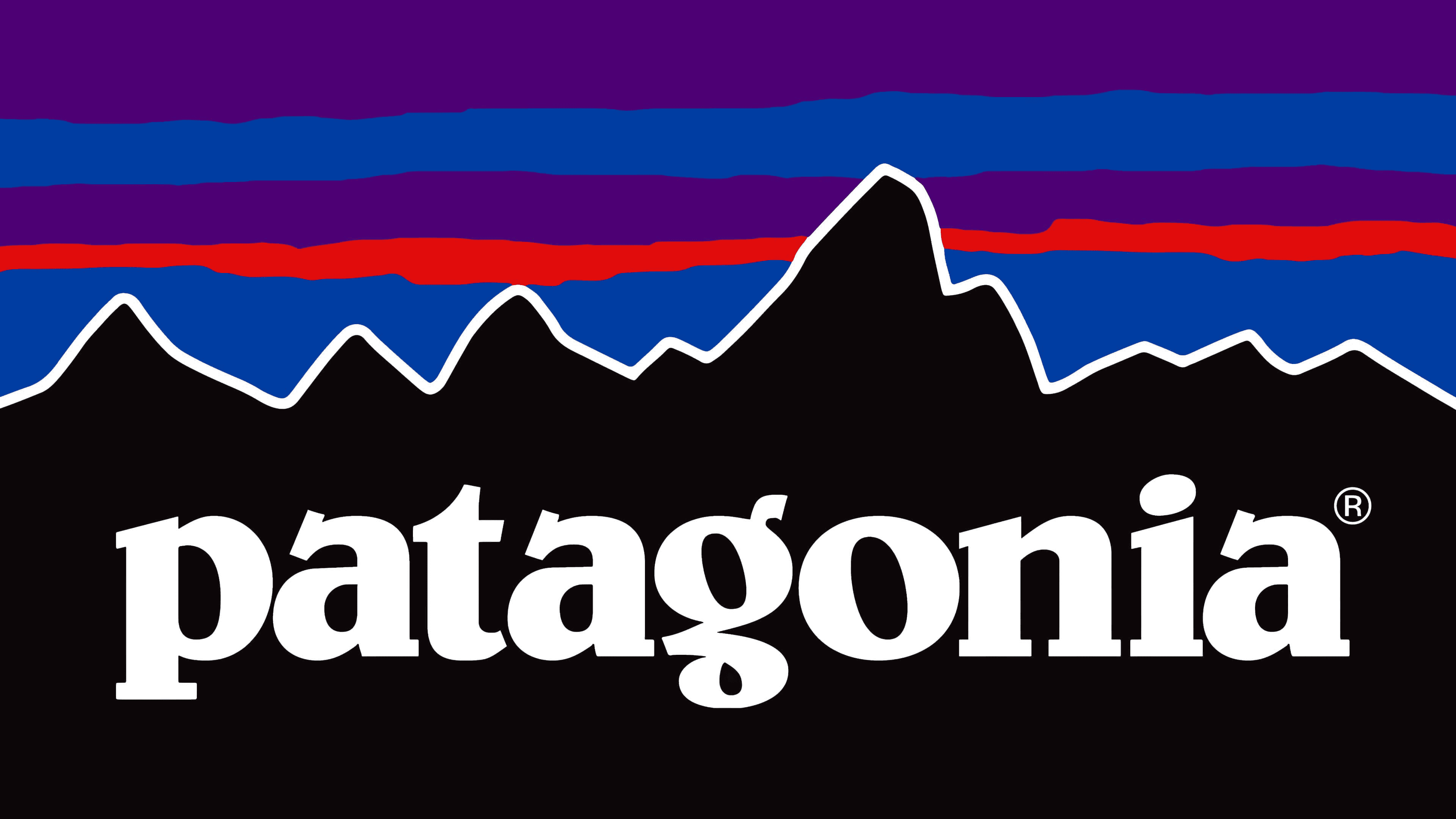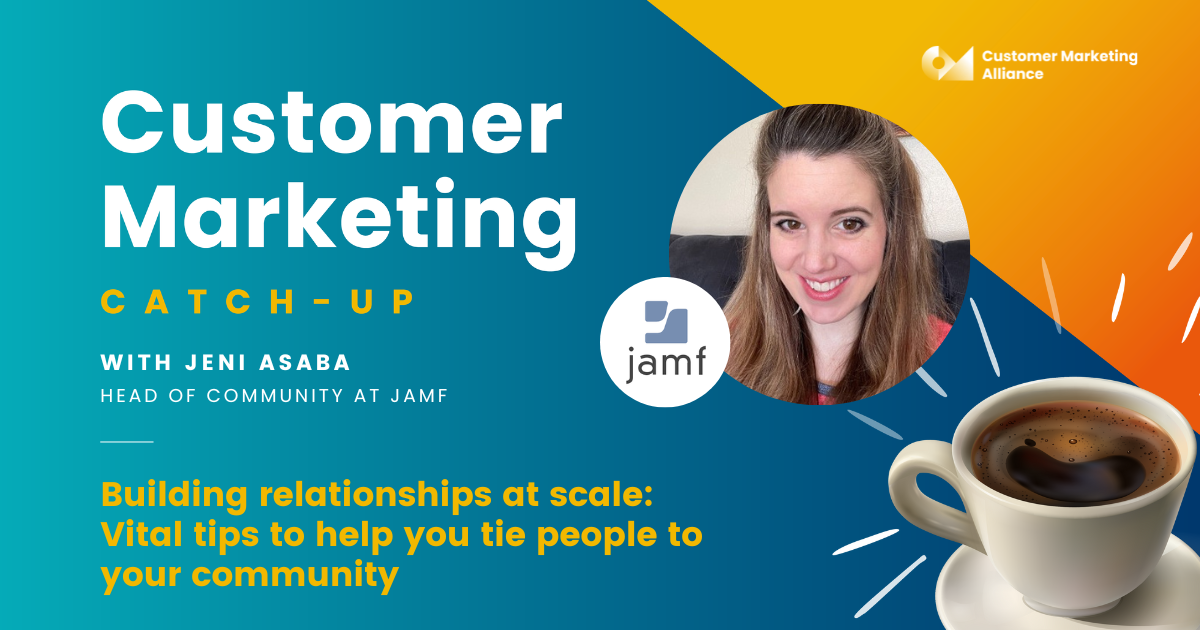Why customer retention matters
Retaining customers has far more impact on the success of your business than any customer acquisition strategy. No matter how much money and effort you put into acquiring new customers, it’ll all be for naught if you can’t keep them.

Retention provides a multitude of benefits, not least its effectiveness in producing a dependable and consistent revenue stream.
Alongside this, retention can help in the following ways:
- It’s cost-effective. Acquiring new customers typically demands substantial marketing expenditures and resources. In contrast, retaining customers generally requires less investment, contributing to improved profit margins.
- Loyal customers become cheerleaders for your brand. They develop trust and a sense of attachment to the company, leading to positive word-of-mouth referrals. This word-of-mouth marketing can be a potent organic growth driver, drawing in new customers without additional marketing spend.
- Retained customers offer a more consistent bottom line. Long-term customers tend to spend more per purchase and make such purchases more consistently. They’re familiar with your brand, making them more inclined to explore higher-margin products or services. This increased spending per customer can significantly boost overall profitability.
- Offers a consistent feedback loop. Loyal customers are more likely to provide insights and suggestions for product or service improvements, helping the business stay competitive and responsive to customer needs.
- Can act as a barrier for newer entry competitors. Satisfied customers are less likely to switch to other providers, providing a sustainable competitive advantage.
Strategies for effective customer retention
Building customer loyalty
Fostering loyalty among your customer base is imperative to thrive in a competitive marketplace. Successfully implementing loyalty programs, strategies, or initiatives is key to customer retention efforts.
Rewards and incentives
The first strategy for fostering loyalty is to offer rewards and incentives. Offering customers points, discounts, or exclusive access to products or services based on their past purchases can be highly effective.
As an example, Starbucks’s Rewards program offers free drinks and food items based on the number of stars collected with each purchase. It’s something lots of food and drink-based companies do as it encourages repeat visits but also strengthens the emotional bond between customer and brand.
People like to receive gifts and prizes for doing something easy like visiting your site, making a purchase, and more.
Personalization
Personalization is the act of tailoring a customer's experience with your company to the individual. Things like offers and recommendations based on an individual customer's preferences can significantly enhance loyalty.
Lots of online sites provide recommendations at specific points in the customer journey. This is mainly done using a customer's browsing and purchase history and makes them aware of relevant products based on the need they’re already looking to fix.
Outstanding customer service
Creating exceptional customer experiences is paramount. Zappos, an online shoe and clothing retailer, is renowned for its outstanding customer service.

There are hundreds of stories online about the care they show towards their customers including upgrading customers when shipping issues arise, making donations out of incorrect orders, and having hour-long conversations with their customers on the phone.
One of our favorite stories comes from Zappos customer, Zaz Lamarr, who needed to return some shoes, but her mother just passed away and was still coping from the loss that she didn’t have the time to do it.
When Zappos emailed her to ask about the status of the shoes, she told them about her loss. Zappos took care of the shipping and had a courier pick up the shoes for her at no extra cost. To top it all off, Zappos then sent Zaz a flower arrangement to express their sympathies about her loss.
Now, that’s what you call “going the extra mile.”

Community-building initiatives
Community-building initiatives and content are a great way to nurture relationships not only between yourself and your customers but also between the customers themselves.
We have it in the form of our:
- In-person meet-ups, which are hosted and attended by our customers all over the globe.
- Virtual coffee time with our Slack members, connected customers in a variety of time zones with one another for a casual Zoom chat every few months.
Another company that has built its whole image around its community is Harley-Davidson, the iconic motorcycle manufacturer.

Built upon the iconic and classic silhouette of their bikes, the strong sense of community among their customers through events like bike rallies and social platforms has become the main image associated with their brand.
These gatherings and networks also strengthen the emotional ties between customers and the brand, fostering long-term loyalty.

Transparency and authenticity
Lastly, transparency and authenticity are increasingly vital in today's business landscape.
We’ve spoken about them before, but Patagonia has one of the most well-communicated values among clothing brands today.

Their continued commitment to environmental sustainability and ethical practices, and the evidence supporting their resolve to this mission each year, has produced an unflinchingly loyal customer base that has only grown as each year passes.
When companies and customers share values, and when companies share evidence of their continued commitment to these values, customer loyalty becomes a natural product of how a company is run.

Using data to understand and predict customer behavior
In the realm of customer retention, data analytics are fantastic tools for getting insights about your customers and their preferences.
Data around a customer’s demographics, purchase history, online behavior, and interactions with your brand can all tell you something about what that customer needs from your brand. Patterns and trends will begin to emerge, shedding light on the most frequently purchased products, the marketing channels that are most effective, and which touchpoints lead to customer churn.
Advanced analytical techniques, such as machine learning algorithms and predictive modeling, enable businesses to predict future customer behavior with remarkable accuracy. This predictive capability empowers organizations to anticipate customer needs and preferences, enabling them to proactively engage customers with personalized offers, recommendations, and communications.
Ultimately, this not only boosts customer satisfaction but also fosters a deeper sense of connection and loyalty.

Here are some of the initial ways in which customer data can be used to support customer retention within specific strategies:
- Personalized recommendations - Past purchase history and browsing behavior data can help a ton when it comes to supporting your personalization strategy, ensuring recommendations are based on accurate data about the things the customer is looking for.
- Targeted email campaigns - You can segment your customers based on their preferences and purchase behavior to send targeted email campaigns that feature products or offers tailored to each segment's interests and past interactions with your brand.
- Loyalty programs - Customer data can weed out the loyal customer from the others, making sure you reward the people who have a continued, varied, and sustained history with your brand. It also helps to continuously track their engagement to hit them with those offers and rewards at the most optimum touchpoints.

- Churn prediction - Data can help produce predictive models using a bank of historical customer data to identify customers at risk of churning. By analyzing this data, and identifying the early warning signs of churn, you can take proactive steps to retain these customers.

- Feedback analysis - Analyzing customer feedback, including surveys, reviews, and social media comments, has never been easier. Use the collection of this type of data to understand areas where your business can improve.
- A/B testing - A/B tests when investigating the most convincing copy on things like your website, emails, or marketing campaigns, use customer data to measure the impact of these changes. This approach helps optimize your tone of voice and copy style over time.
Customer retention tools and technologies
Customer Relationship Management (CRM) systems
But where does all this data come from, and who is it used by? This is where Customer Relationship Management Systems come in.
Customer Relationship Management (CRM) systems serve as a kind of backbone for relationship marketing strategies with the purpose of nurturing and maintaining long-lasting customer relationships.
These systems are the ones that collect, organize, and analyze customer data, as well as provide a holistic view of each customer's interactions and data.
CRMs are also there to support effective customer communication. These platforms are built to track customer interactions across various channels, including email, social media, and customer support inquiries.
And, as mentioned before, CRM systems work with data-driven decision-making. These are the analytical tools needed to:
- Segment a customer base
- Identify high-value customers
- Track customer behavior over time
In essence, CRM systems serve as a fundamental component in the modern business toolkit, supporting customer relationship marketing, keeping those retention rates higher, and driving sustainable growth using the retention initiatives we’ve spoken about already.
Popular CRM tools and their features.
So, what tools are we speaking about? We’ve put together a short, and by no means complete, list below. Do you have any that you like that we’ve missed? Begin a conversation now.
Salesforce:
- Contact and lead management
- Sales and marketing automation
- Analytics and reporting
- Customizable dashboards
HubSpot:
- Contact database
- Email marketing
- Sales pipeline management
- Marketing automation
- Integration with HubSpot's marketing and sales tools
Microsoft Dynamics 365:
- Sales and lead management
- Customer service and support
- Marketing automation
- Business intelligence and analytics
- Integration with Microsoft Office 365
Zoho:
- Contact and lead management
- Sales and workflow automation
- Email marketing
- AI-driven insights
Pipedrive:
- Sales pipeline management
- Contact and lead management
- Email tracking and automation
- Goal and performance tracking
- Reporting and analytics
Understand, connect, and specialize. Perfect your research.
Customer research, when done right, can enhance every essential aspect of customer marketing. Ensuring you retain your customers and their loyalty means knowing them from the inside and out, knowing their needs, pain points, and interests.
Want to take an actual step toward implementing some of the things we’ve talked about in this article? It all begins with customer research and data.
Our Customer Research Certified course will take you through the fundamentals of conducting accurate and representative customer research, leaving no stone unturned.





